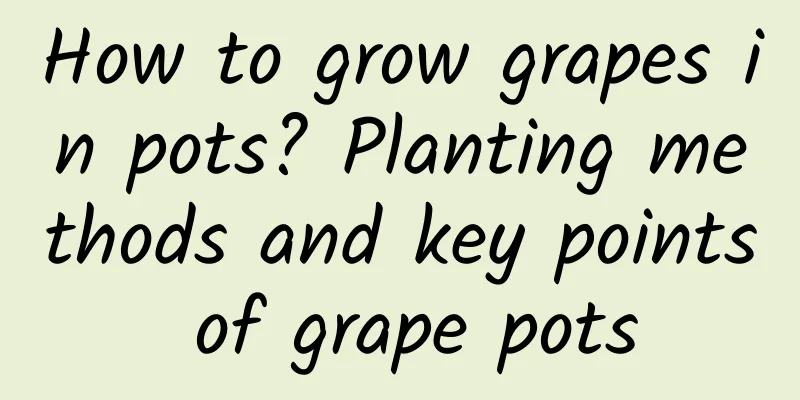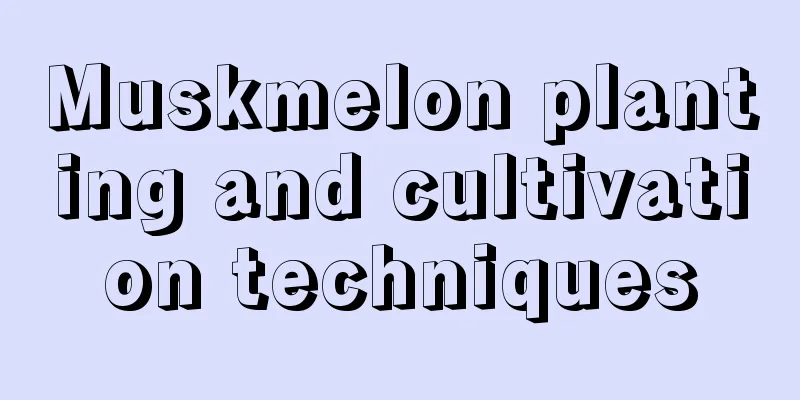How to grow Cordyceps sinensis

soilCordyceps should be grown in loose, fertile, well-drained sandy loam, and neutral soil is best. The soil for Cordyline is a mixture of leaf mold, culture soil and coarse sand. It is best to add a small amount of compound fertilizer as base fertilizer to the culture soil. The base fertilizer can be sprinkled into the potting soil when potting. WateringCordyline is extremely sensitive to water and a certain humidity must be maintained during its growth period. Lack of water will cause leaves to fall off, while too much water will cause water to accumulate in the pot, causing the leaves to turn yellow and fall off. During the growing period, Cordyceps needs to be sprayed with water frequently, and the humidity should be mainly 50-60%. During the growing season, Cordyline needs to be watered sufficiently. During the dry season and the hot summer weather, it needs to be watered every day. In order to maintain humidity, water should be sprayed on the leaves. temperatureThe suitable growth temperature of Cordyline should be between 20-25℃. The daytime temperature in summer can reach 25-30℃. The temperature in winter is lower and should be kept between 7-10℃. The temperature must not be lower than 4℃. Some varieties can withstand low temperatures of 0℃. This shows that Cordyceps has strong growth adaptability. illuminationCordyceps likes light. In the northern regions, it can be placed in semi-light indoors for maintenance all year round, or it can be placed outdoors in the shade in spring and autumn. The temperature is low and the light is weak in winter, so you can place it directly in a sunny place indoors, reduce watering the plant and stop fertilizing. The wintering temperature should be higher than 10℃. FertilizationFertilizer should be applied to Cordyceps every half a month during the growing season. Too little fertilizer for Cordyline will cause the leaves to become dull and thin, and in severe cases, the leaves may even wither and turn yellow, thus affecting the growth and appearance of the plant. Pests and diseasesCordyceps is often troubled by leaf spot and anthracnose. Therefore, when encountering these two hazards, you can use antibacterial solution for spraying. When encountering scale insects, use 40% oxydemeton-methyl 1000 times solution for spraying. |
<<: The difference between Swallow Palm and Jade Plant
>>: Does flower cultivation also depend on “the right time, right place, and right people”?
Recommend
Can dahlias be propagated by cuttings?
The propagation methods of dahlia include bulb pr...
How much fertilizer is needed to grow corn per acre?
As the saying goes, the success of crops depends ...
Key points of yam planting technology and management
Yangtzu , whose scientific name is yam bean, is a...
Cultivation methods and precautions of Albizia julibrissin
How to grow Albizia Julibrissin temperature Albiz...
How to grow jade pendant succulents to be fat, plump and long
Jade Pendant Succulent Growth Conditions 1. Soil:...
What are the cultivation methods and precautions of lemons?
Lemon cultivation method Lemon prefers a warm gro...
I bought a pot of flowers for 1 dollar, and kept it for a year. I wouldn’t sell it even if you offered 1,000!
Succulents that cost only 1 dollar, plump and chu...
How to propagate Monstera by cuttings How to propagate Monstera by cuttings
Monstera is a common foliage plant. It is very ea...
The growth environment and local conditions of Epiphyllum
Epiphyllum growth environment and conditions Epip...
How to germinate plum seeds quickly? The process of seed germination
How to Germinate Plum Seeds Method 1 : Place the ...
The most powerful plant
1. Jade Kylin The Jade Kylin is a kind of cactus ...
The advantages and disadvantages of talking about roses
The Shuochou rose is a rose with rose-red and whi...
When does the lotus flower bloom?
1. Flowering period The flowering period of bowl ...
Can the peace tree be watered with beer?
1. Is it possible? The peace lily can be watered ...
Why can't I keep lucky bamboo alive? Does it have a low survival rate if it grows too tall?
1. Reasons for not being able to support the baby...









